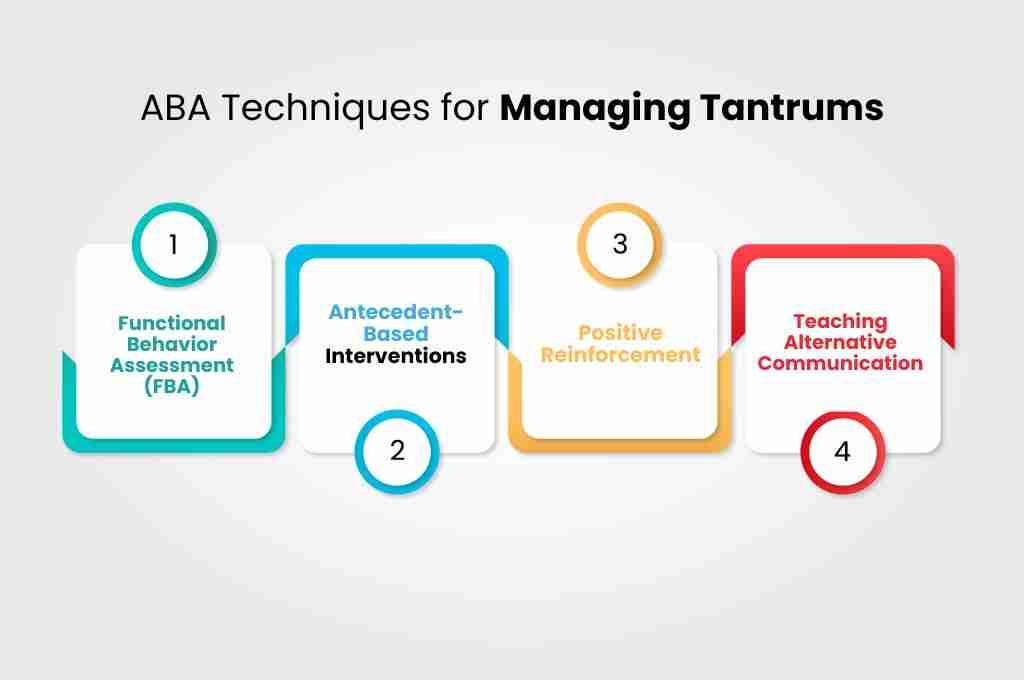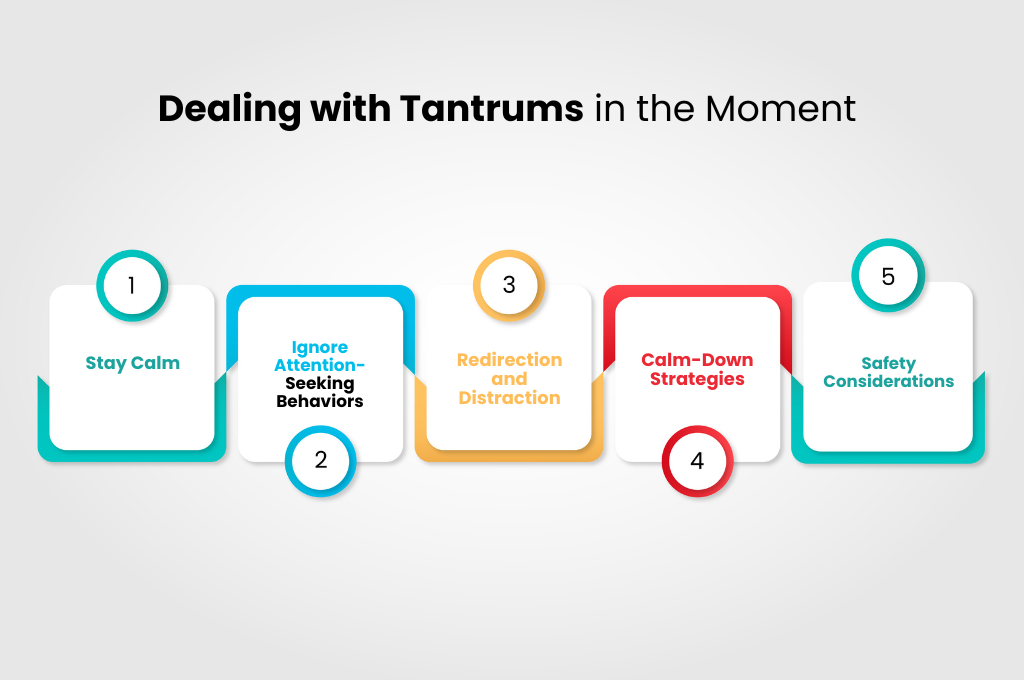Effective Strategies for Managing Autism Tantrums
ABA TherapyJuly 17, 2025

Introduction to Tantrums in Autism
Consistency is Key
Tantrums are a common challenge faced by many parents of children with autism. Understanding the nature of these tantrums is crucial for effective management. A tantrum is typically characterized as a goal-directed behavior, often used by children to express unmet needs or frustrations. This differs significantly from a sensory meltdown, which is an involuntary response to overwhelming stimuli.
Common triggers for tantrums in children with autism include:
- Frustration: Often stemming from difficulties in communication or unmet needs.
- Sensory Overload: Environments that are too loud, bright, or chaotic can lead to distress.
- Changes in Routine: Unexpected transitions can provoke anxiety and result in tantrums.
Developmental challenges play a significant role in tantrums; children may struggle to express their emotions or needs, leading to escalating behaviors when they feel overwhelmed.
Why Tantrums Happen
Why Tantrums Happen
Understanding the underlying reasons for tantrums can help caregivers respond more effectively. Tantrums often serve several functions:
- Expression of Unmet Needs: Children may resort to tantrums when they cannot communicate their desires effectively.
- Avoidance of Demands: Some children use tantrums as a strategy to escape tasks they find challenging or unpleasant.
- Seeking Attention: Tantrums can also be a way to gain the attention of caregivers.
Sensory-Related Causes
Sensory sensitivities are prevalent among children with autism. Overstimulation from bright lights, loud noises, or crowded spaces can trigger a tantrum. Recognizing these sensory triggers is vital for prevention.
Communication Barriers
Many children with autism face challenges in speech and language development. This difficulty can lead to frustration when they cannot articulate their needs, often resulting in tantrums.
Tantrums vs. Meltdowns
It’s essential to differentiate between a tantrum and a meltdown.
- Tantrum: A goal-directed behavior where the child seeks something (e.g., attention, an object) and can often be calmed through redirection or negotiation.
- Meltdown: An involuntary response to overwhelming stimuli, characterized by loss of control and often requiring a calming environment rather than behavioral intervention.
Identifying whether a child is having a tantrum or a meltdown allows caregivers to tailor their responses appropriately.
ABA Techniques for Managing Tantrums

Applied Behavior Analysis (ABA) offers several effective strategies for managing tantrums:
- Functional Behavior Assessment (FBA): Assess triggers and consequences of tantrums to understand their purpose—whether attention-seeking, escape, or sensory needs.
- Antecedent-Based Interventions: Modify the environment and build predictable routines to reduce triggers.
- Positive Reinforcement: Encourage positive behaviors by rewarding calmness and appropriate communication attempts.
- Teaching Alternative Communication: Use tools like AAC devices or sign language to help children express their needs effectively.
Preventing Tantrums
Proactive strategies can significantly reduce the occurrence of tantrums:
- Establishing Routines: Predictable schedules help reduce anxiety related to unexpected changes.
- Visual Supports: Tools like visual schedules or social stories prepare children for transitions and new activities.
- Clear Instructions: Providing concise instructions helps minimize confusion and frustration.
- Choice Making: Offering choices empowers children and reduces power struggles that may lead to tantrums.
Dealing with Tantrums in the Moment

When a tantrum occurs, how caregivers respond is critical:
- Stay Calm: Maintaining composure prevents escalation.
- Ignore Attention-Seeking Behaviors: If the tantrum is attention-driven, ignoring it while reinforcing positive behavior afterward can be effective.
- Redirection and Distraction: Redirecting attention towards preferred activities can help de-escalate the situation.
- Calm-Down Strategies: Introduce techniques like deep breathing or sensory breaks to help the child regulate emotions.
- Safety Considerations: Ensure both the child’s safety and that of others during a tantrum without using restrictive interventions.
Teaching Emotional Regulation
Helping children manage their emotions is crucial:
- Modeling Emotions: Teach children to recognize and label their feelings, reducing frustration over time.
- Social Skills Training: ABA-based training helps children learn appropriate responses in social settings, decreasing tantrum frequency.
- Self-Regulation Tools: Introduce calming items like weighted blankets or soothing music to assist with emotional regulation.
Reinforcement Strategies After the Tantrum
After a tantrum, it’s essential to reinforce positive behaviors:
- Positive Reinforcement of Desired Behaviors: Rewarding calmness or alternative behaviors encourages future positive interactions.
- Debriefing After the Tantrum: Discuss what happened once the child has calmed down, helping them understand triggers and alternative responses for next time.
Managing tantrums effectively involves integrating strategies into daily routines:
In the Home
Parents can implement consistent strategies during daily activities such as meal times or transitions between tasks.
In Public Settings
Prepare children for outings by discussing expectations beforehand and having exit plans if needed.
In School
Collaboration between teachers and caregivers ensures consistent approaches are used across different environments.
When to Seek Professional Help
Certain signs indicate that professional help may be necessary:
- Frequent or severe tantrums impacting daily functioning.
- The need for individualized behavior intervention plans (BIPs) tailored by ABA therapists can address specific challenges effectively.
Conclusion
Understanding the root causes of tantrums in children with autism is vital for effective management. By employing proactive strategies and ABA techniques, parents and caregivers can approach these situations with patience and empathy.
For personalized support and strategies tailored to your child's unique needs, consider reaching out to Illuminate ABA Therapy. Our dedicated team is here to help you navigate these challenges successfully!
Read More About: Understanding Stereotypy in Autism: Insights and Strategies


